KPOP and JPOP: two completely different branches on the same pop music tree
December 12, 2019
KPOP has grown into a worldwide genre.
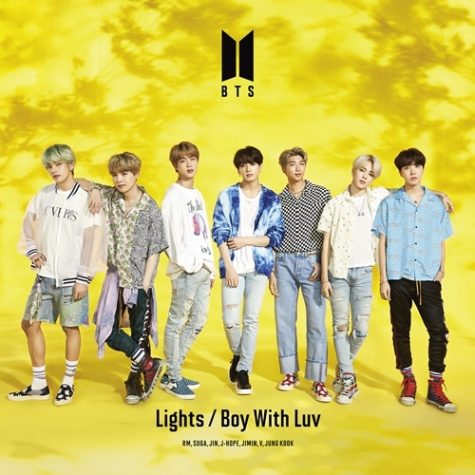
BTS, one of the most renowned groups in the industry has achieved millions of fans known as ARMY worldwide– the group recently won two MTV European Music Awards for “Best Live” and “Best Group”, and their latest tour included more than ten different cities, including Los Angeles, São Paulo, London, Paris, Osaka, and Riyadh.
Japan, one of Korea’s closest neighbours, is no exception to this KPOP boom. According to Nikkei Business, this is the “third wave” of KPOP fever for the country: the first was the spread of Korean television dramas and the rapid rise in popularity of actors who starred in them, and the second was the arrival of idol groups like TVXQ!, Girls’ Generation, BIGBANG, and KARA.
Now, groups like TWICE with Japanese members have provided an easy entrance to KPOP for the Japanese audience. With more and more groups releasing Japanese versions of their songs and Japanese albums, this wave seems to have no end.
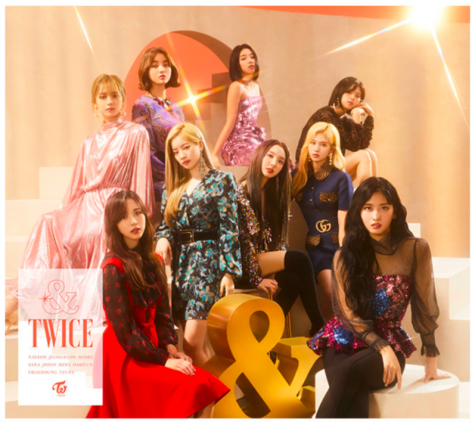
KPOP, a word originally made to represent all Korean pop music, has obviously achieved more than the initial meaning of its name. KPOP idols are starting to become global stars. Similarly in Japan, there also is a genre of music called JPOP, a word that stands for all Japanese pop music, which has evolved over the years to become a massive industry within the country. As numerous KPOP groups debut in Japan and extend their activities to Japan, JPOP and KPOP are now starting to perform on the same stages. The differences in their music and performance are obvious to many audiences, even though the genres branch out from the same tree: pop music.
So, what is it that makes them so different?
Although it might be a surprise for some, JPOP and KPOP originated from similar sources of inspiration. According to K-POP A New Type of Media written by Kim Sungmin, an associate professor at Research Faculty of Media and Communication of the Hokkaido University, Japanese and Korean idol culture has received tremendous influence from the idea of “visual music”.
Korean pop culture was greatly impacted by the American visual music, which saw a rise with the American MTV in the 1980s. Music videos by artists like Michael Jackson pioneered a new method of presenting music, where visual elements were annexed with addictive music, which was made possible by the spread of coloured television. Later, as hip hop and R&B became more prominent in the American music industry, Korean pop music adapted features of these genres into their music.
Also during the 1980s, Japanese pop culture established another type of visual music prioritising a singer’s “star quality” or charisma over their singing abilities. Eventually, Korean pop culture combined both types of visual music, creating their own definition of an idol.

Some of the most famous examples of KPOP idol groups right now are aforementioned BTS, TWICE, EXO, BLACKPINK, and Red Velvet, while examples of famous JPOP idols are Arashi (嵐), AKB48, King & Prince, Keyakizaka46 (欅坂46), and Nogizaka46 (乃木坂46). In a vast ocean of idols, the ones that gain the most popularity and sales often belong to the corporate powerhouses of the industry.
In KPOP, SM Entertainment, YG Entertainment, and JYP Entertainment are regarded as the largest, most influential agencies. All founded by former or active artists, these three agencies have each led numerous artists and idol groups to stardom. On the other hand, Johnny & Associates is viewed as one of the powerhouses when it comes to JPOP idols. The company was led by unique showbiz philosophies of a charismatic producer called Johnny Kitagawa until his recent death. Another producer who has a great impact on the Japanese idol culture is Yasushi Akimoto, the producer of the AKB48 Group and the Sakamichi Series.
The agency an idol belongs to may determine the image he/she has. In K-POP A New Type of Media, Sungmin Kim also writes, “Fans understand how large of an impact management makes in KPOP. This is because not only musicality and performance, but also fashion, means of promotion, relationship with the fans, and every other factor possible depends greatly on the management of the agency.”
Many idols in the KPOP industry have a clear concept that the group is supposed to embody through their activities. The tone of the music they produce, their performance, and visual elements are mostly if not entirely determined by the concept. This concept, created by the management agency, is also often based on the stance the agency has within the music industry.
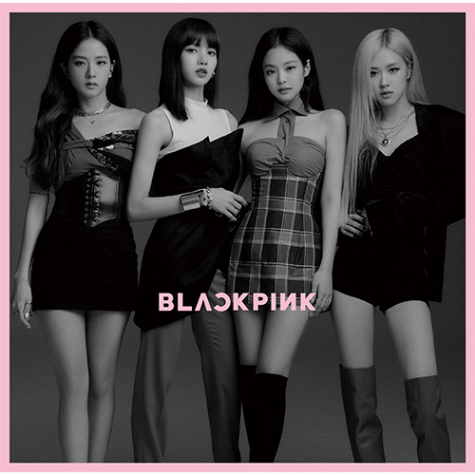
A perfect example would be BLACKPINK, a girl group consisting of four members, belonging to YG Entertainment. BLACKPINK has a concept often referred to as “girl crush”, a title given to girls or women who attract others regardless of gender, usually because they have a cool aura to them rather than a cute one. Similarly to their seniors like BIGBANG , 2NE1 , and iKON, BLACKPINK’s music is heavily hip hop oriented, with two rappers in the group. This mutual base in hip hop comes from YG Entertainment’s concept, which mainly focused on solo hip hop or R&B artists before the founding of BIGBANG.
This kind of concept-making can also be seen in JPOP, but groups from the same project with the same producer may have different concepts. For example, Nogizaka46 (乃木坂46) and Keyakizaka46 (欅坂46) both belong to the Sakamichi Series created by Yasushi Akimoto, Yet, an article by AERA, a magazine published by the Asahi Shimbun, describes Nogizaka46’s image as “a pure and clean French lycéenne”, while they describe Keyakizaka46 as “portraying a stylishness of the British rock culture”. Nogizaka46’s music videos and stage costumes also tend to be lighter in tone, while Keyakizaka46 has darker stage effects. Keyakizaka46 do have some upbeat, light sounding songs in their repertoire. However, these songs are often less famous than their smileless, straight-faced performances.
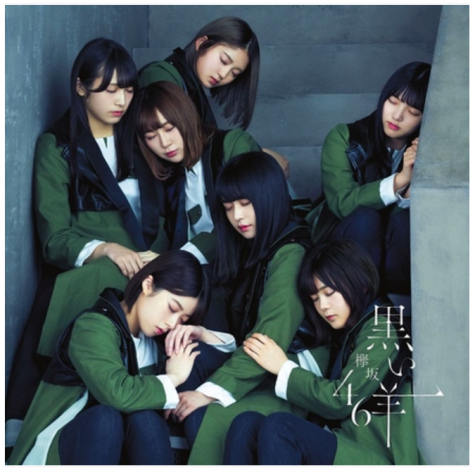
One major difference between the idol cultures in KPOP and JPOP is how they train their idols. In KPOP, idols debut after receiving intense training for dance, singing, and often other additional skills like other languages and acting as trainees from their agency. The trainees are regularly evaluated for their skills, and the agency decides who debuts next based on how skilled the trainees are and how well they match with the new group’s concept. However, the number of people who get to debut are very small compared to the number of aspiring trainees wanting to become idols. Some may spend years as trainees and never debut.
Contrastingly, how well JPOP idols are trained depends greatly on their agency. Among the JPOP idols, Johnny & Associates have a similar style of training their idols to KPOP. Their “trainees” are called Johnny’s Jr., and they dance as debuted idols’ back dancers while taking dance lessons. However, in the book KPOP Conquers Asia, author Michiyo Nishimori writes: “In contrast to how Korean idols debut in a more completed form, Japanese idols like AKB48 stand on stage as they are. Rather, it is crucial that they debut without being coloured. In Japan, it is important to show normal boys and girls jumping into the world of professionals, and how they grow from that.” Nishimori also quotes the famous singer Hiromi Go, one of the most well-known singers in Japan who started his career at Johnny and Associates, who reflects on and analyses the training style of his former agency in the quote: “Johnny and Associates’ way, which I hear is still in use, is to put their boys up on the stage while they’re still new in the industry and clueless about it. Lessons come later. Just make them experience how it is out there. […] Everything completely based on the spot.”
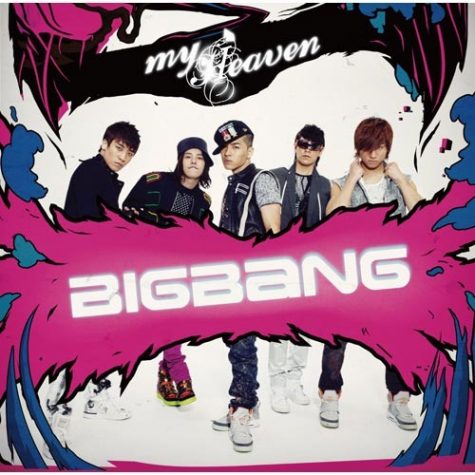
In the end, the expectations for the idols by the fans are different in JPOP and KPOP. The expectations for KPOP idols are to be perfect objects of worship, just as what the word idol means originally. On the other hand, fans of JPOP idols desire to see their favourite idols grow as they gain more experience and training through their activities, a transformation of ordinary boys and girls into professional entertainers. This is why some KPOP idols finally make their debut after spending more than ten years in training, while new members of Onyanko Club (a Japanese idol group debuted in 1985, active until 1987) had their first television appearance a week after their audition.
KPOP and JPOP. It is natural that both industries have achieved large fandoms, considering their own unique cultures and sounds. It may be tempting for some people to imagine a rivalry between them and call one superior to the other. Ultimately, they are music genres that developed in two completely different countries; they target different audiences and send different messages. There is no better or worse, and both of them have deservedly achieved their success in the music industry.

